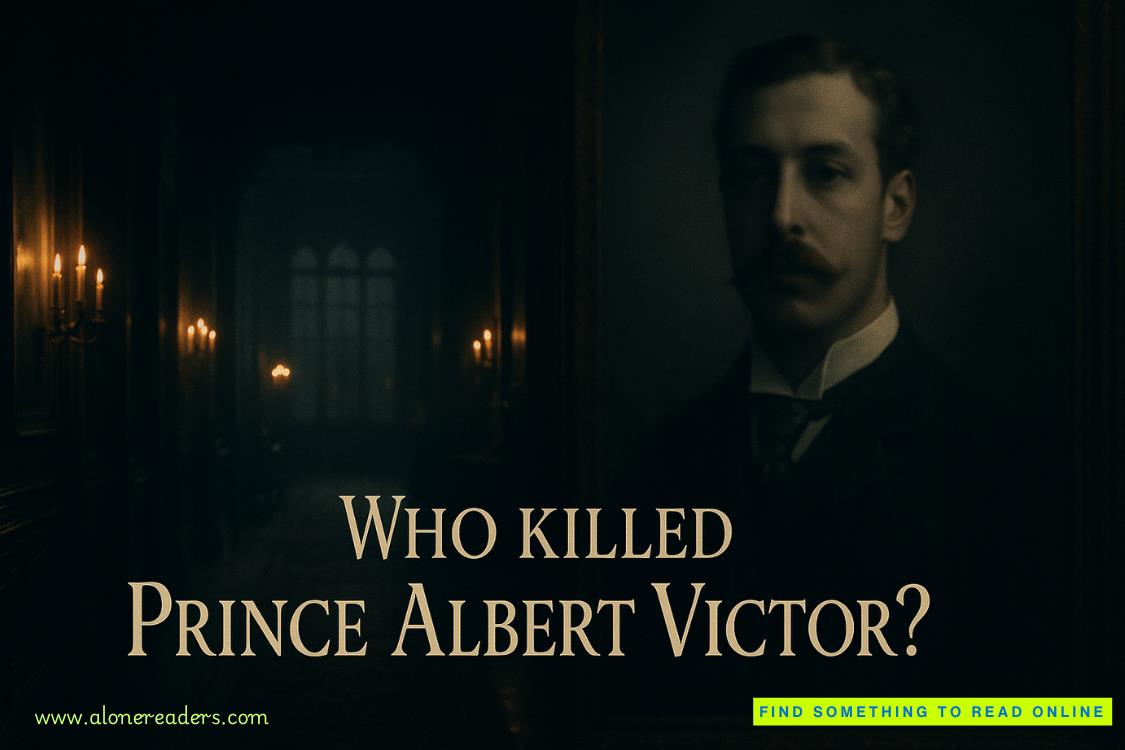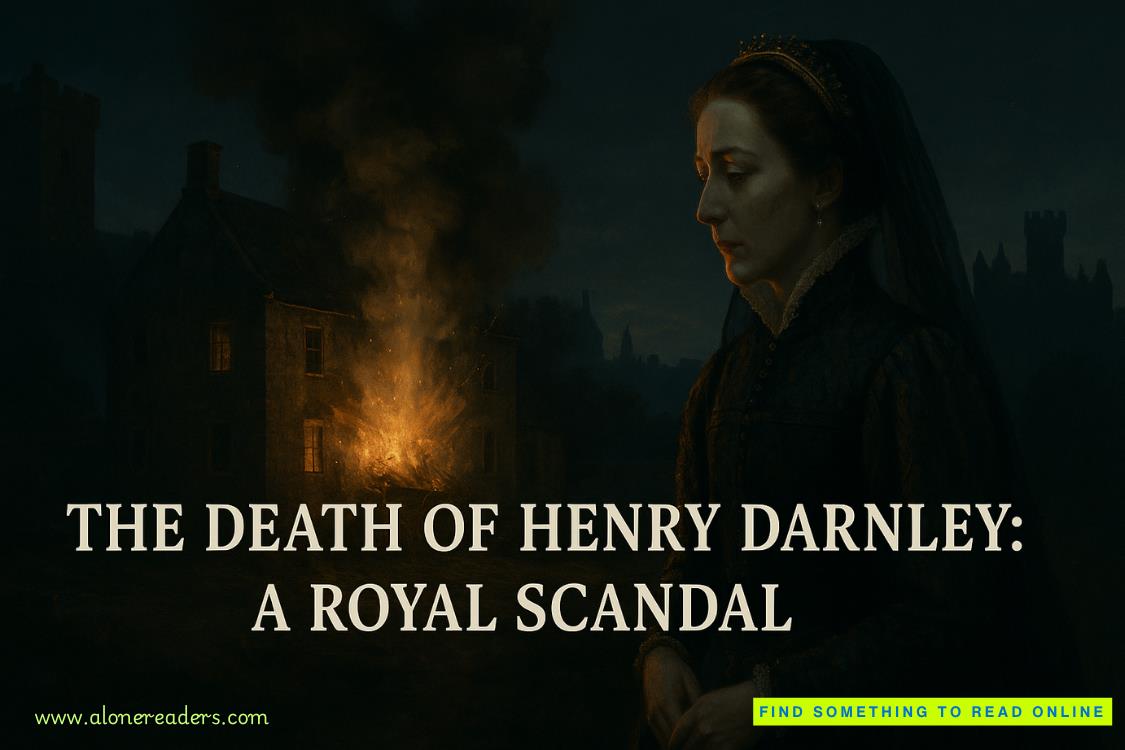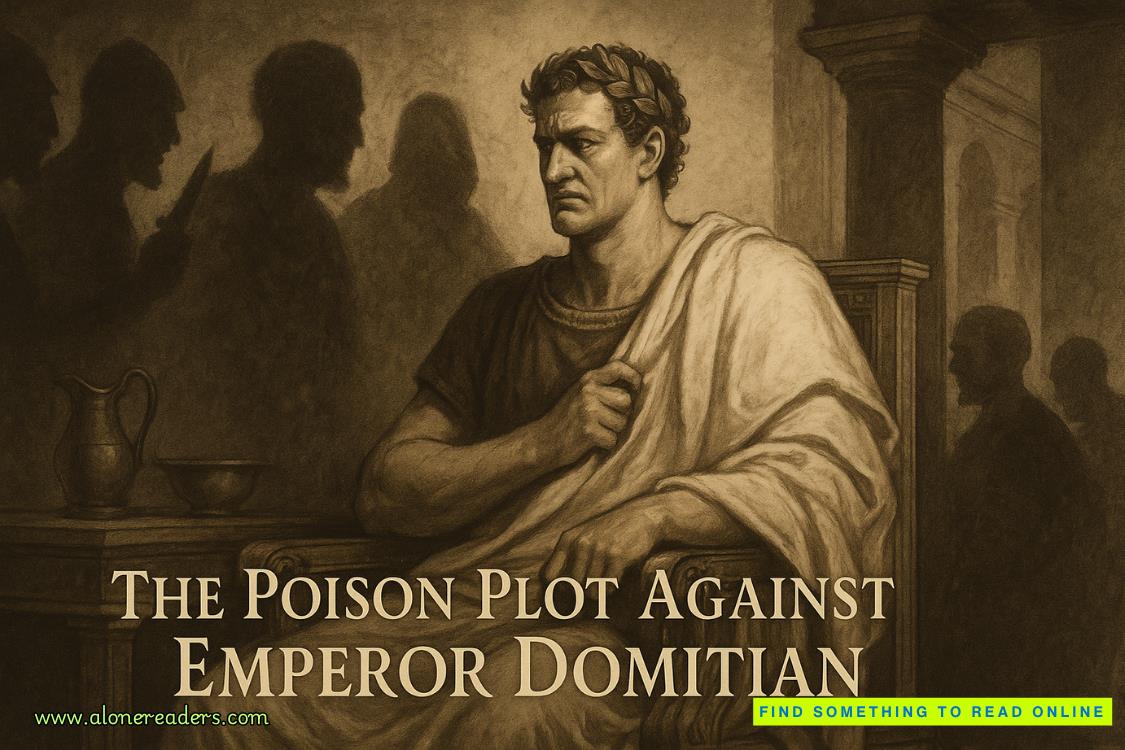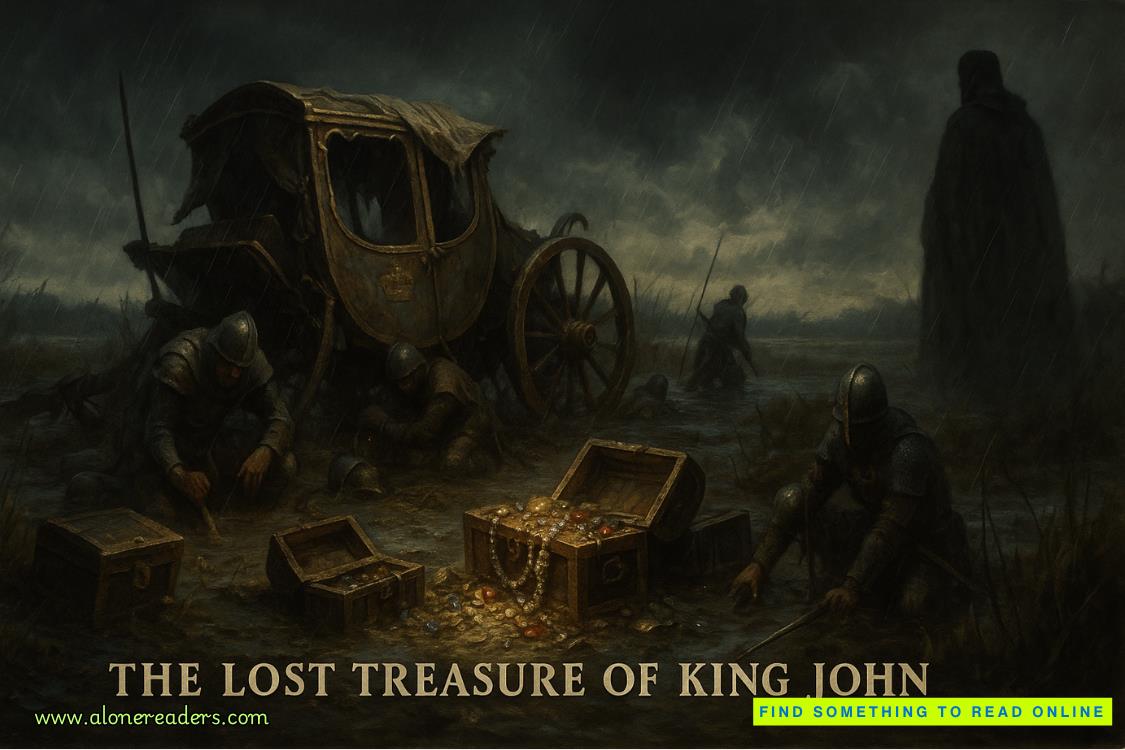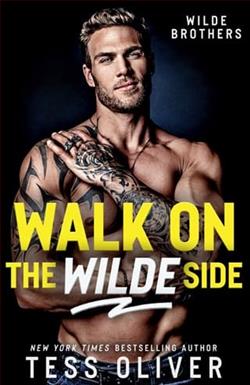Page 58 of The Sicilian Inheritance
“He drew your portrait?” Luca was surprised.
“He did,” I replied. “It was amazing! The best picture I’ve ever seen of myself.” I thanked the man again. He nodded and made a motion with his hands as if to say it was nothing and then he made another gesture like he was brushing the two of us away. Luca kissed him goodbye, and we continued to the car.
“You must save that portrait,” Luca said as we walked through the town wall’s ancient arch. He pointed me in the direction of a gleaming green Alfa Romeo.
“Oh, I will. I don’t think anyone has ever sketched me before.”
“It could be worth a lot of money. He doesn’t do portraits anymore.”
I raised an eyebrow and let out a small laugh. “Is he a famous street artist?”
The car churned up a cloud of dust as we headed out of town. “A famous sculptor. One of the most famous in all of Italy, actually.”
“What’s he doing here, then?” I regretted the words the second they left my mouth. I sounded like a terrible snob.
“This is where he was born, and he says this is where he wants to die. He bought that house by the bakery, the nicest home in town. Giusy didn’t tell you his story when he sketched you?”
I shook my head but remembered the commotion among the crowd in the piazza after he handed me the drawing.
“I will tell you. We have a couple of hours at least.”
When we got settled in the car, Luca apologized that he had to take a phone call from one of his suppliers. I shrugged to indicate I got it. Those kinds of calls were once the chorus to all my days. I gazed out at the savage landscape, trying to avoid staring at Luca’s profile while he drove despite the constant fluttering in my stomach every time his hand nearly brushed my thigh when he shifted gears. Like him, the car was too gorgeous. His restaurant must have been doing quite well.
He eventually hung up the phone, ignored a sign for the freeway to Palermo, and headed for the sea.
“If you take that road you will go to the town of Marsala. Your last name. Maybe some of your people were from there.”
“I have no idea.”
“Do you know where the name Marsala comes from?”
I raised an eyebrow. “As far as I know it’s just the name of a chicken dish. A way to cover the cheapest, fattiest cut of chicken in flour and wine so it tastes delicious.”
Luca proceeded to lecture me. “Marsala comes from the Arabic, Marsa Ali. During the Arab conquest of Sicily the Muslim rulers landed close to here and renamed many villages, including Marsala. Also fun trivia for an American, the name for the village of Corleone was taken from the great Arab military man Kurliyun. A fact that somehow never made it into that famous movie of yours. Are you in a rush?” he asked.
I shook my head. I didn’t want to be. I’d been in a rush for the past decade. Right now, driving in a car alongside a boy with no concerns about time had a wonderful teenage quality to it that I didn’t experience enough as an actual teenager.
“Tell me the story of the man who drew my picture.”
He pulled in a deep and dramatic breath and I appreciated the pageantry. “He was a shepherd boy, very poor. Born after the First World War.”
“He didn’t look that old.”
“He’s probably close to one hundred. Our men live forever here. There’s something in the olive oil.”
“And your women?”
“They die exhausted.”
It was meant to be a joke, but it also rang quite true. Luca continued. “From the time Nicolo could walk he cared for the sheep, going up and down the mountain, from dawn until dusk, speaking to no one, communing only with nature is how he tells it. The sheep did not belong to his family. They were owned by much wealthier people. The husband and wife who inherited that land came from Palermo and they were never able to have children of their own. It is said that the rich woman took a liking to Nicolo when he was very small and invited him into their magnificent home to see their paintings and sculptures. In his downtime Nicolo began to whittle pieces of wood that he found on the ground using the dull blade of a carving knife. At first he made sheep and deer and then moved on to human bodies and faces. The things he could do caught the attention of the whole town by the time he was a teenager, but no one knew what to do with him. Here is the thing about Nicolo. He didn’t speak, not a single word. The rich woman’s husband died, but Nicolo continued to stay with her. His benefactor bought him new tools, the kind he needed to chisel rock and sculpt clay and soon he was creating massive sculptures in her gardens and courtyards. You can see them today. Many of them are in the town and in Sciacca.”
“So what happened next?” I asked, riveted.
“The rich woman paid for him to go to the Academy of Fine Arts in Palermo and then he disappeared from here. He went to the mainland and studied with the modern masters and quickly outpaced them. He began showing his sculptures in Florence, Turin, Rome. He traveled abroad. He became very famous and very wealthy.”
“When did he come back?”
“When I was a boy. He once told me that he had gotten to see the entire world and that there were many places that were beautiful and broken, many people who were beautiful and broken. But that his home was the only place where he could be both of those things.”
